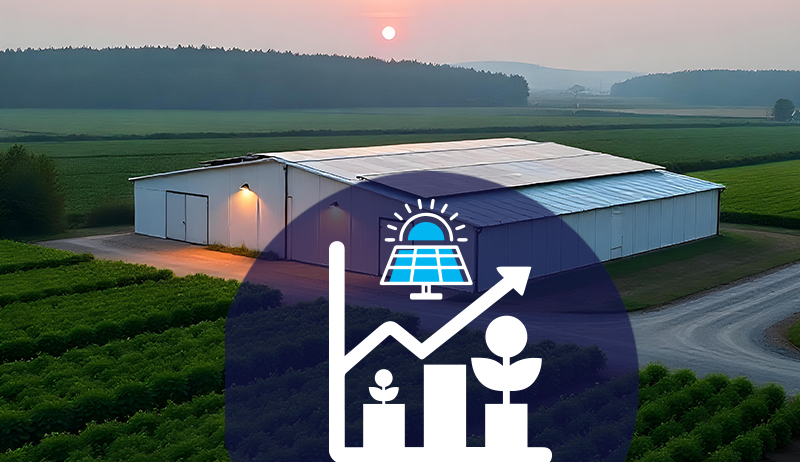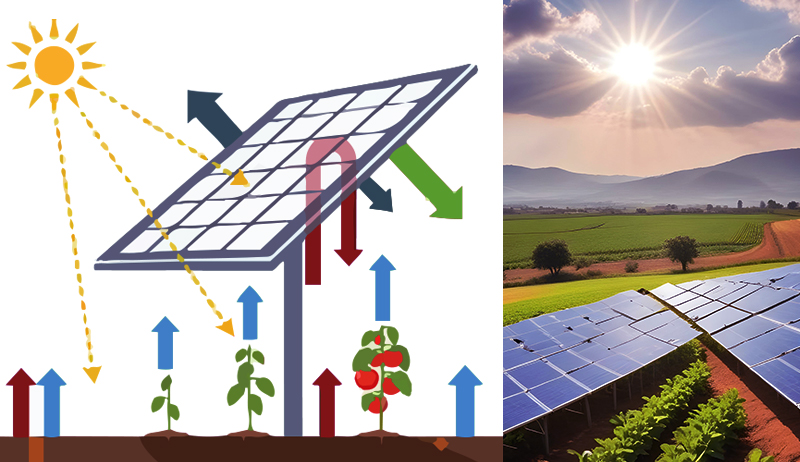Public Transportation and Integrated Mobility
Melbourne, the vibrant capital city of Victoria, Australia, has established itself as a leader in sustainable transportation and integrated mobility.
The city boasts an extensive public transportation network, including trams, trains, and buses, providing residents with convenient and eco-friendly options for commuting. Melbourne’s integrated ticketing system allows seamless transfers between different modes of transport, making it easier for residents and visitors to navigate the city sustainably.
The city also promotes active mobility through the development of cycling infrastructure and pedestrian-friendly streets, encouraging healthier and more sustainable modes of transportation.
Renewable Energy and Climate Action
Melbourne is committed to combating climate change and transitioning to renewable energy sources. The city has set ambitious targets to reduce greenhouse gas emissions and increase the use of renewable energy.
Melbourne’s investment in solar power projects, including rooftop solar installations on public buildings and residential homes, contributes to the generation of clean energy. The city actively engages with the community through education campaigns and initiatives to promote energy efficiency and sustainable practices.
Melbourne’s dedication to renewable energy and climate action demonstrates its commitment to creating a greener and more sustainable future.
Green Spaces and Urban Biodiversity
Melbourne prides itself on its abundant green spaces, parks, and gardens, which enhance the city’s livability and promote urban biodiversity.
The iconic Royal Botanic Gardens and Yarra Park are just a couple of examples of the city’s commitment to preserving and expanding green areas. Melbourne’s urban planning incorporates green spaces and trees to mitigate the urban heat island effect, improve air quality, and provide recreational areas for residents.
The city’s dedication to urban greening not only contributes to the well-being of its inhabitants but also supports local ecosystems and enhances biodiversity.
Waste Management and Recycling
Melbourne places a strong emphasis on waste management and recycling initiatives to reduce landfill waste and promote a circular economy. The city has implemented comprehensive recycling programs, including curbside collection for different types of recyclables, such as paper, plastics, glass, and metals.
Melbourne residents are encouraged to sort their waste and participate in recycling efforts. The city also promotes waste reduction and resource recovery through education campaigns, composting initiatives, and support for local businesses and organizations involved in sustainable waste management practices.
Melbourne’s commitment to effective waste management contributes to the conservation of resources and the reduction of environmental impact.
Sustainable Urban Design and Architecture
Melbourne’s urban design and architecture incorporate sustainability principles to create a vibrant and livable city. The city encourages green building practices, such as energy-efficient designs, use of sustainable materials, and integration of green spaces.
Melbourne’s urban planning focuses on creating walkable neighborhoods, mixed-use developments, and vibrant public spaces that foster a sense of community and reduce the need for car dependency. The city’s commitment to sustainable urban design ensures a harmonious balance between the built environment and nature, creating a thriving and sustainable cityscape.
Conclusion Melbourne: Pioneering Sustainability
Melbourne stands as a shining example of a sustainable city in Australia, showcasing its commitment to public transportation, renewable energy, green spaces, waste management, and sustainable urban design.
The city’s dedication to sustainability has created a vibrant and environmentally conscious urban environment while prioritizing the well-being of its residents. As other cities face similar challenges, Melbourne’s sustainable practices provide valuable inspiration and lessons for creating resilient and eco-friendly urban communities.
https://www.exaputra.com/2023/06/melbourne-pioneering-sustainability-in.html
Renewable Energy
Germany and the U.S. — a Key Difference
 As I mentioned in my recent post on Germany, we have a president in the United States who’s doing everything in his power to destroy the entire renewable energy industry, and, thus, is creating a real problem for those concerned about jobs. Currently, there are 569,000 solar in renewable energy generation, and over 3 million in the related industries, e.g., battery storage.
As I mentioned in my recent post on Germany, we have a president in the United States who’s doing everything in his power to destroy the entire renewable energy industry, and, thus, is creating a real problem for those concerned about jobs. Currently, there are 569,000 solar in renewable energy generation, and over 3 million in the related industries, e.g., battery storage.
Here’s a question worth asking: What do the Germans have that Americans don’t? Answer: A population of voters that values honesty and sanity.
What they don’t have is a criminal sociopath running their country.
Renewable Energy
German Cranks Up the Volume on Renewable Energy
Germany finds itself in a unique position among the countries of the world, in that it’s gotten rid of both coal and nuclear and now depends quite heavily on renewables. Germany is the world’s third largest economy, behind the United States and China, so there is a huge amount at stake.
These people are extremely sharp, and they’re not known for risk-taking. Yet they’ve made a huge commitment here; renewables (mainly wind and solar) accounted for 59% of Germany’s electricity in 2024, and that figure is headed for 80% by 2030.
Meanwhile, in the United States, we have a president who’s doing everything in his power to destroy the entire renewable energy industry, and, for those concerned about jobs, this is problematic, to say the least. At the end of 2024, more than 3.5 million Americans were employed in clean energy occupations, spanning renewable generation (569,000 jobs), battery and storage, energy efficiency, biofuels, grid modernization and clean vehicles industries. These jobs now represent a significant share of the U.S. workforce—including seven percent of all new jobs added in 2024—and are spread across every state, strengthening local economies.
A quick story: The governor of Iowa, a Republican, was asked by another GOP leader why he didn’t but a spear through the wind industry, as it’s competitive with fossil fuels, which Republicans adore. The reply, “Are you kidding? What you think hundreds of thousands of my voters do for a living?”
Renewable Energy
2026 Victorian Air Conditioning Rebate: What’s New!
The post 2026 Victorian Air Conditioning Rebate: What’s New! appeared first on Cyanergy.
https://cyanergy.com.au/blog/2026-victorian-air-conditioning-rebate-whats-new/
-
Climate Change2 years ago
Spanish-language misinformation on renewable energy spreads online, report shows
-
Climate Change3 months ago
Guest post: Why China is still building new coal – and when it might stop
-
Climate Change Videos2 years ago
The toxic gas flares fuelling Nigeria’s climate change – BBC News
-

 Greenhouse Gases1 year ago
Greenhouse Gases1 year ago嘉宾来稿:满足中国增长的用电需求 光伏加储能“比新建煤电更实惠”
-
Greenhouse Gases3 months ago
Guest post: Why China is still building new coal – and when it might stop
-

 Climate Change1 year ago
Climate Change1 year ago嘉宾来稿:满足中国增长的用电需求 光伏加储能“比新建煤电更实惠”
-

 Carbon Footprint2 years ago
Carbon Footprint2 years agoUS SEC’s Climate Disclosure Rules Spur Renewed Interest in Carbon Credits
-
Renewable Energy4 months ago
US Grid Strain, Possible Allete Sale













